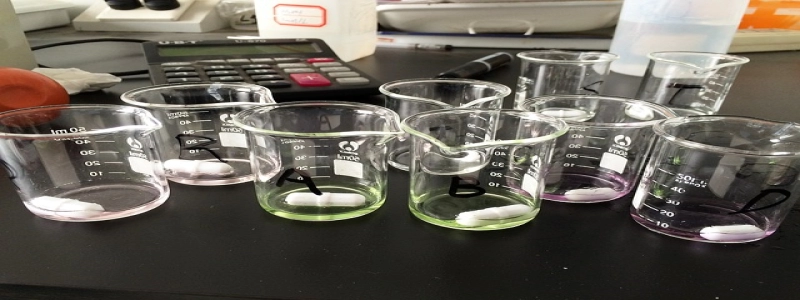Optimum Wavelength
Introduktion:
When it comes to discussing optimal conditions for various processes or phenomena, one important factor that cannot be overlooked is wavelength. Wavelength refers to the distance between two corresponding points on a wave, such as the crest or the trough. Understanding the concept of optimum wavelength is crucial in several fields, including telecommunications, photography, and scientific research. This article will delve into the importance of finding the optimum wavelength for different applications and how it affects their effectiveness and efficiency.
Definition:
The optimum wavelength can be defined as the specific wavelength at which a certain process or phenomenon achieves its maximum efficiency or effectiveness. Essentially, it is the wavelength that yields the best results for a given scenario. It is important to note that the optimum wavelength varies depending on the specific application or context.
Telecommunications:
In the field of telecommunications, finding the optimum wavelength is paramount. One area where this is particularly important is in fiber optic communication. Fiber optic cables transmit data using pulses of light, and the wavelength of this light plays a significant role in overall performance. Through extensive research and testing, it has been determined that the optimum wavelength for long-distance fiber optic communication is around 1,550 nanometers. At this wavelength, the signal attenuation is minimal, allowing for efficient data transmission over long distances without significant loss of signal strength.
Photography:
In photography, finding the optimum wavelength is crucial for capturing the perfect image. Different colors of light have varying wavelengths, and each color affects the final result differently. For instance, red light has a longer wavelength, while blue light has a shorter one. Understanding the impact of different wavelengths on the subject can help photographers manipulate lighting conditions to create the desired effect. By selecting the optimum wavelength, photographers can enhance the mood, highlight specific details, or alter the color balance of an image according to their artistic vision.
Scientific Research:
The concept of optimum wavelength also comes into play in various scientific research endeavors. For example, in spectroscopy, researchers analyze the interaction of light with matter to gain insights into its properties. Different molecules absorb and emit light at specific wavelengths, known as absorption/emission spectra. By using the optimum wavelength for a particular molecule, researchers can observe and study its behavior in a controlled environment. This information is vital for various scientific fields, such as chemistry, biology, and physics, as it helps in understanding the fundamental nature of matter.
Konklusion:
In conclusion, understanding the significance of optimum wavelength is crucial in various applications. Whether it is in the realm of telecommunications, photography, or scientific research, finding the wavelength that yields the best results is paramount. From improving signal transmission in fiber optic communication to capturing the perfect image in photography, selecting the optimum wavelength can significantly enhance performance and yield valuable insights. Therefore, it is imperative to consider wavelength as a critical factor in the design and execution of various processes and phenomena.








